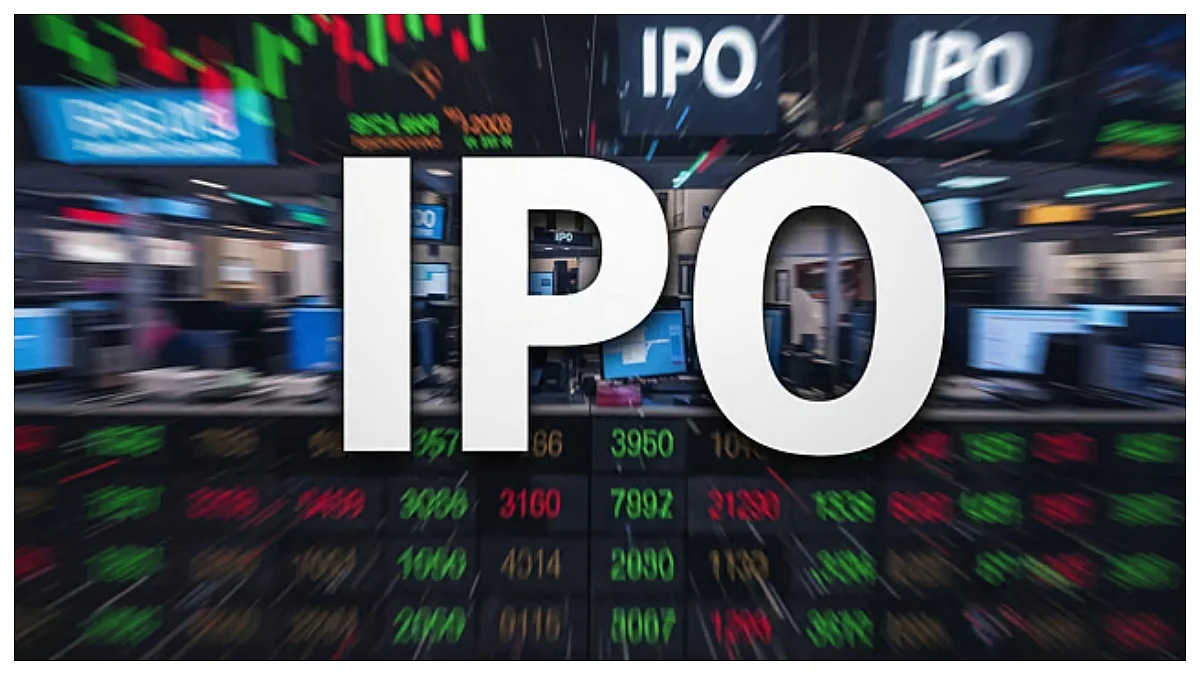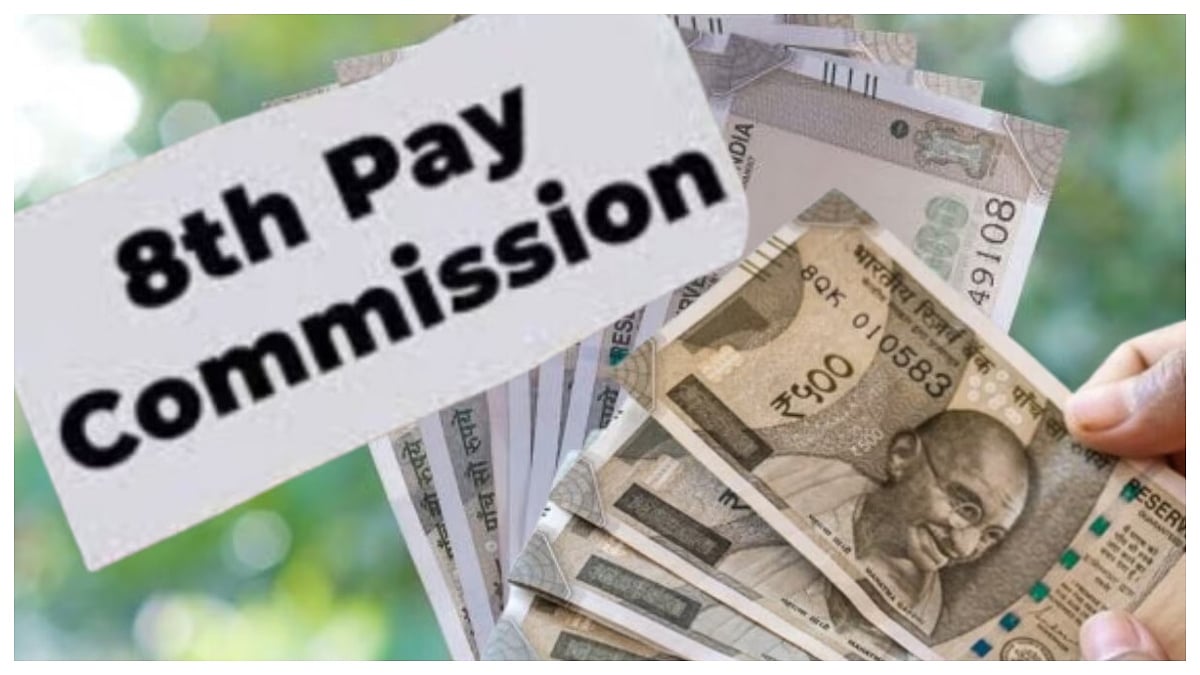The gross domestic product is the most common representation of a country's economic progress and also becomes a political talking point in India. As the world's growth has been hit by recession and geopolitical tensions, economists had predicted a 7.7-8 per cent GDP growth for India, while the Reserve Bank of India pegged that the real GDP growth could be higher that the 8 per cent.
The Indian economy reported a 7.8 per cent GDP growth in the April-June quarter against 13.1 per cent in the year-ago period, as per the National Statistical Data (NSO) released on Thursday. The growth in Gross Domestic Product (GDP) during the January-March quarter of 2022-23 was 6.1 per cent .
Here's the breakdown
The nominal GDP growth were at 8 percent compared to 27.7 percent (YoY)
The Agri growth for the April-June quarter was at 3.5 percent and the GVA at 7.8 percent.
The electricity growth was at 2.9 percent against 14.9 percent YoY (year-on-year) and 6.9 percent QoQ (Quarter -on-Quarter).
The mining growth was at 5.8 percent compared to 9.5 percent YOY and 4.3 percent QoQ. The trade, Hotel growth were reported at 9.2 percent against 25.7 percent YoY and 9.1 QoQ.
The Finance and rea; estate growth were at 12.2 percent compared to 8.5 percent YOY and 7.1 percent QoQ. The public administration and Svcs growth were at 7.9 percent versus 21.3 percent YoY and 3.1 percent QoQ.
The growth in the manufacturing sector declined to 4.7 per cent in the first quarter of the current fiscal compared to 6.1 per cent in the year-ago period.
The Government final consumption expenditure slipped to 0.7 percent compared to 1.8 percent growth YoY. The gross fixed cap formation growth were at 8 percent versus 20.4 percent YoY. The exports slipped to 7.7 percent against 19.6 percent growth YoY.
The NSO will release quarterly GDP estimates for the July-September, 2023 (Q2 2023-24) on November 30, 2023.











